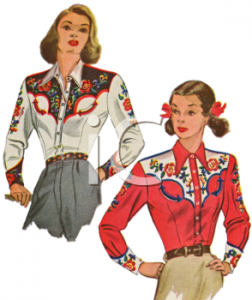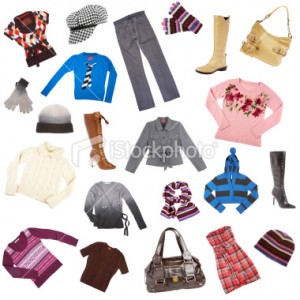Basic Sentence Patterns
To learn a language (in our case English), it helps if we know the basic sentence patterns. And if we are able to make basic sentences, transformations become easy i.e. from affirmative to negative and interrogative; active to passive or simple to compound and complex (use of more than one finite verb).
A Basic Sentence is the smallest grammatical structure that can make sense. It is affirmative in form and has only one finite verb. Negative, interrogative, imperative and exclamatory sentences are simply not basic sentences. Similarly, sentences in passive voice are not basic. A basic sentence can be expanded into any imaginable length or changed into any other forms. It has a fixed word order i.e. noun phrase comes first and then verb phrase.
Pattern 1: Noun Phrase (NP) + Verb (intransitive)
- Birds fly.
- Dogs bark.
- Stars twinkle.
- Snow falls.
- The water level increased.
Pattern 2: NP + Verb (be-type & become-type) + NP
- Raj is a doctor.
- Sheila became a nurse.
- She turned an artist.
- He remained a clerk.
- Mr. Brown looks a gentleman.
Pattern 3: NP + Verb (be-type & become-type) +Adjective Phrase
- Rene is honest.
- He became mad.
- Minnie looked beautiful.
- John appeared handsome.
- The crowd turned nasty.
Pattern 4: NP + Verb (be-type) + Adverbial
- Bob is here.
- The monkey is on the tree.
- They are all upstairs.
- Nobody is there.
- The cat is under the table.
Pattern 5: NP +Verb (have-type) + NP
- My mother has a beautiful umbrella.
- Mr. Mehta has a car.
- The pen costs ten rupees.
- Students lack discipline.
- He has a fit body.
Pattern 6: NP + verb (transitive) + NP
- The horse kicked the cat.
- The hunter killed the lion.
- Children like chocolates.
- A barber cuts hair.
- I play chess.
Pattern 7: NP + Verb (transitive) + NP (Indirect Object) + NP (Direct Object)
- My friend wrote me a letter.
- They sent us a gift.
- He taught us English.
- My grandmother told me a story.
- We showed them our house.
Pattern 8: NP + Verb (transitive) + NP (Direct Object) + NP (Object Complement)
- The people elected her the Prime Minister.
- The manager appointed her secretary.
- They named their daughter ‘Sweetie’.
- The war made him a millionaire.
- Everybody considers him a gentleman.
Pattern 9: NP + Verb (transitive) + NP + Adjective Phrase
- She likes her tea hot.
- Exercise keeps our body fit.
- He opened the door wide.
- The Sun keeps us warm.
- They painted the house white.

